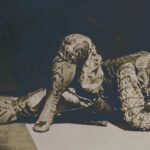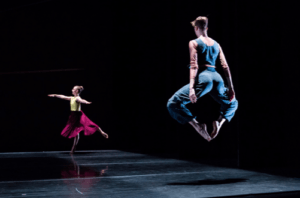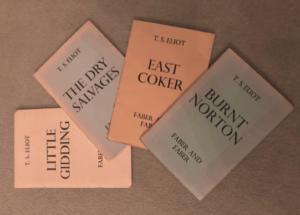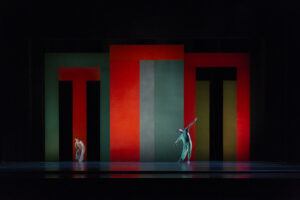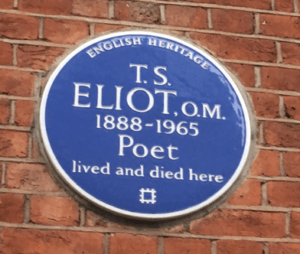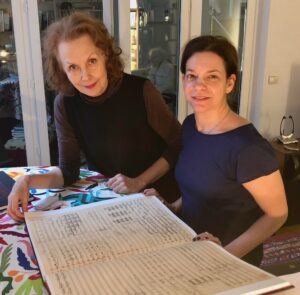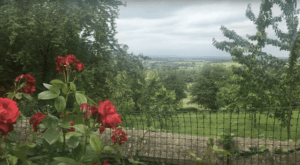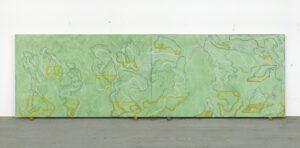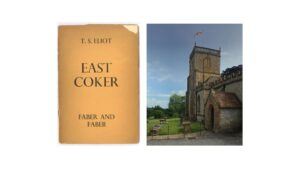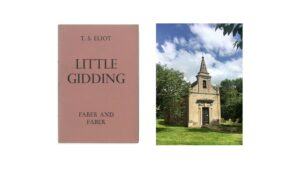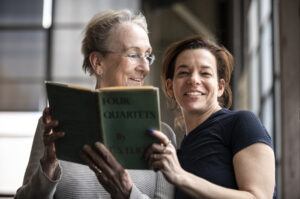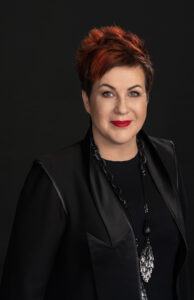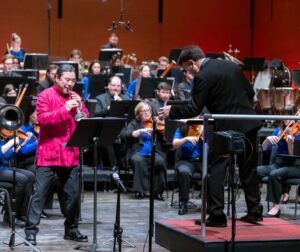The idea to create a dance based on Four Quartets came from the poems themselves, which are rich in images of dancers and dancing. As the choreographer Pam Tanowitz and I began our research, we learned that T. S. Eliot loved dance, especially ballet. Eliot followed the leading choreographers and dancers of his day, including Léonide Massine, Mikhail Fokine, Antony Tudor, and Vaslav Nijinsky, and may even have seen Isadora Duncan perform in Paris or London. He often attended performances by Serge Diaghilev’s Ballet Russes—in Four Quartets he makes reference to Fokine’s famous ballet Le Spectre de la Rose, created for Nijinsky.
Vaslav Nijinsky
Eliot admired dance for its abstraction, and for the tensions it can create between stillness and movement, the ephemeral and the eternal, past and present. As he attempted to find words to describe ineffable human experience in Four Quartets, Eliot repeatedly turned to images of dancing and dancers. In Burnt Norton, the first of the Quartets, he created a startling vision of a dance “at the still point of the turning world”:
Neither flesh nor fleshless;
Neither from nor towards; at the still point, there the dance is,
But neither arrest nor movement. And do not call it fixity,
Where past and future are gathered. Neither movement from nor towards,
Neither ascent nor decline. Except for the point, the still point,
There would be no dance, and there is only the dance.
In East Coker, the second Quartet, Eliot takes us to the village in Somerset where his ancestors lived. He portrays their ghosts dancing in a field outside the village, enacting ancient cycles of life and death, the turning planets, and changing seasons:
Round and round the fire
Leaping through the flames, or joined in circles,
Rustically solemn or in rustic laughter
Lifting heavy feet in clumsy shoes,
Earth feet, loam feet, lifted in country mirth
Mirth of those long since under earth
Nourishing the corn. Keeping time,
Keeping the rhythm in their dancing
As in their living in the living seasons
The time of the seasons and the constellations
The time of milking and the time of harvest
The time of the coupling of man and woman
And that of beasts. Feet rising and falling.
Eating and drinking. Dung and death.
Dance is everywhere in the poems, and its meaning continually shifts. In Little Gidding, the final poem, choreography becomes a metaphor to describe the process of writing, as Eliot searches for:
every phrase
And sentence that is right (where every word is at home,
Taking its place to support the others,
The word neither diffident nor ostentatious,
An easy commerce of the old and the new,
The common word exact without vulgarity,
The formal word precise but not pedantic,
The complete consort dancing together)
Four Quartets has inspired other choreographers—Martha Graham adored it, and frequently quoted Eliot in her notebooks—but Pam Tanowitz is the first to set a dance to the poems themselves. When she reread this section of Little Gidding, Pam was startled by how closely Eliot reflected the choreographer’s process. “This is my task,” she told me: “To make a dance where every phrase is at home, taking its place to support the others, an easy commerce of the old and the new, exact without vulgarity, precise but not pedantic.”
